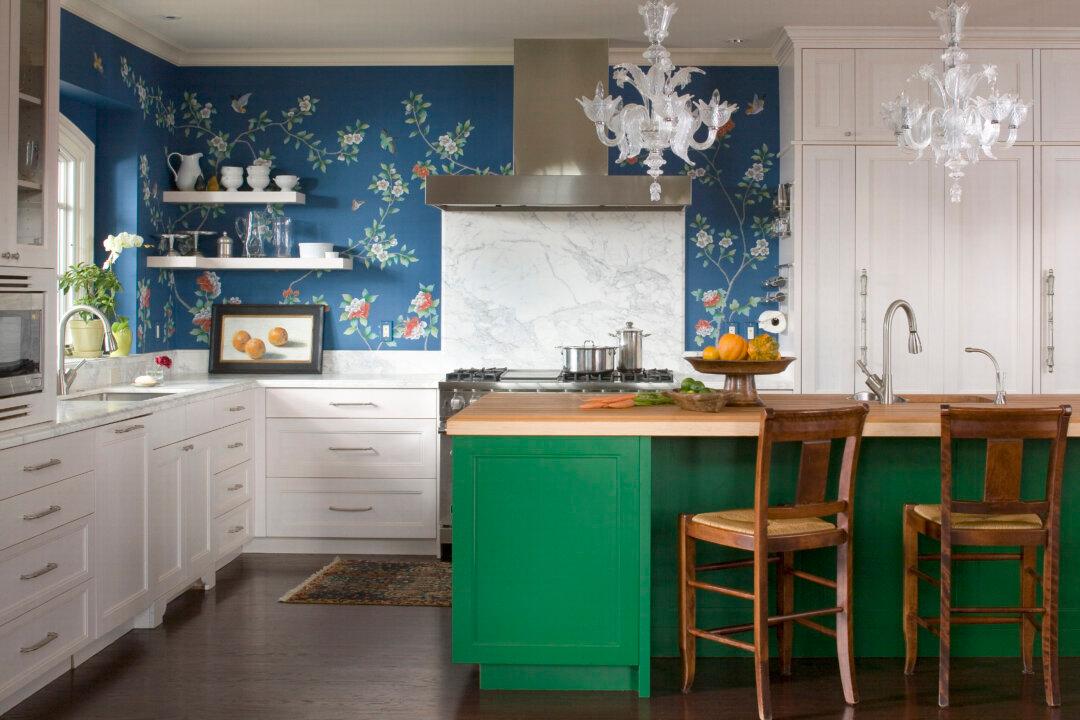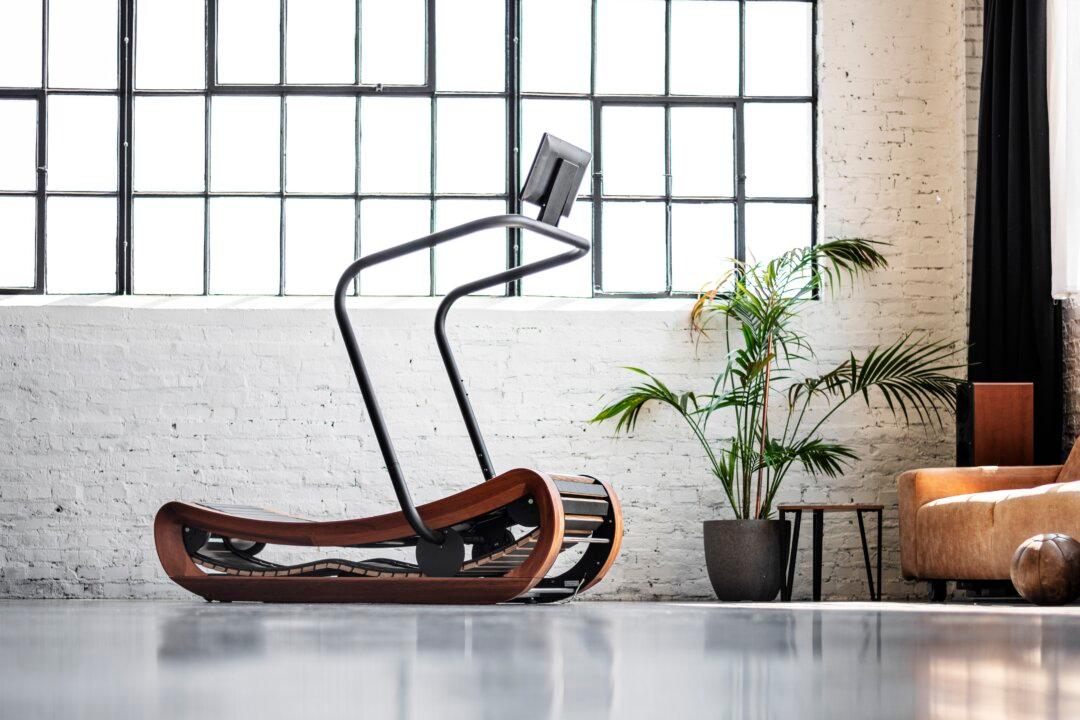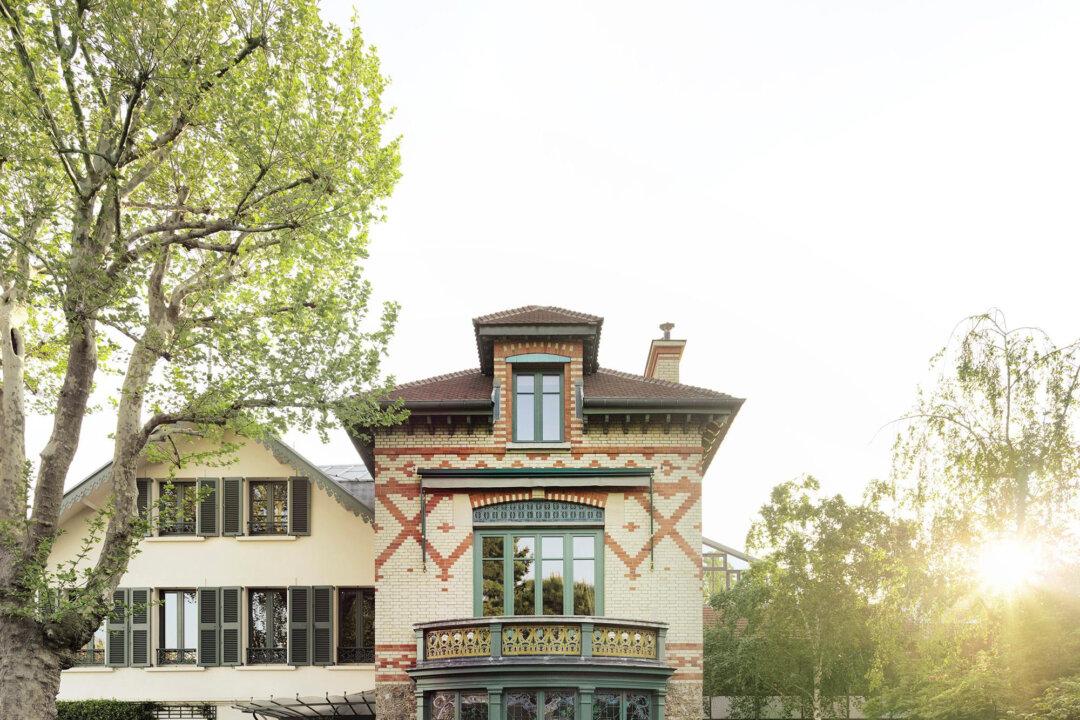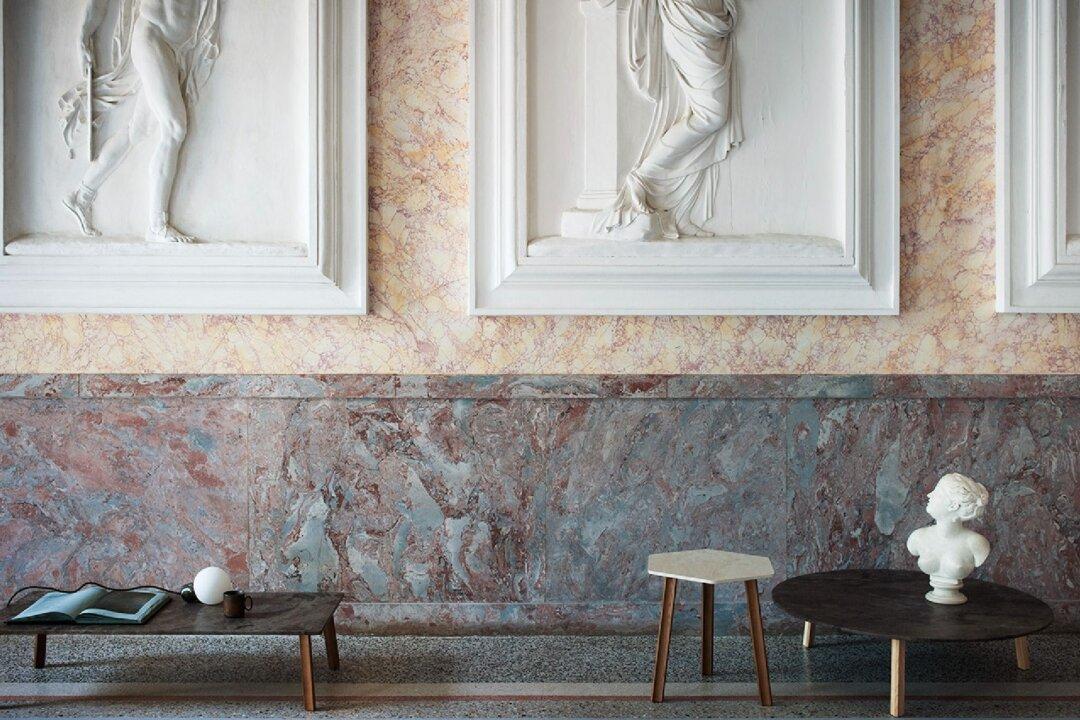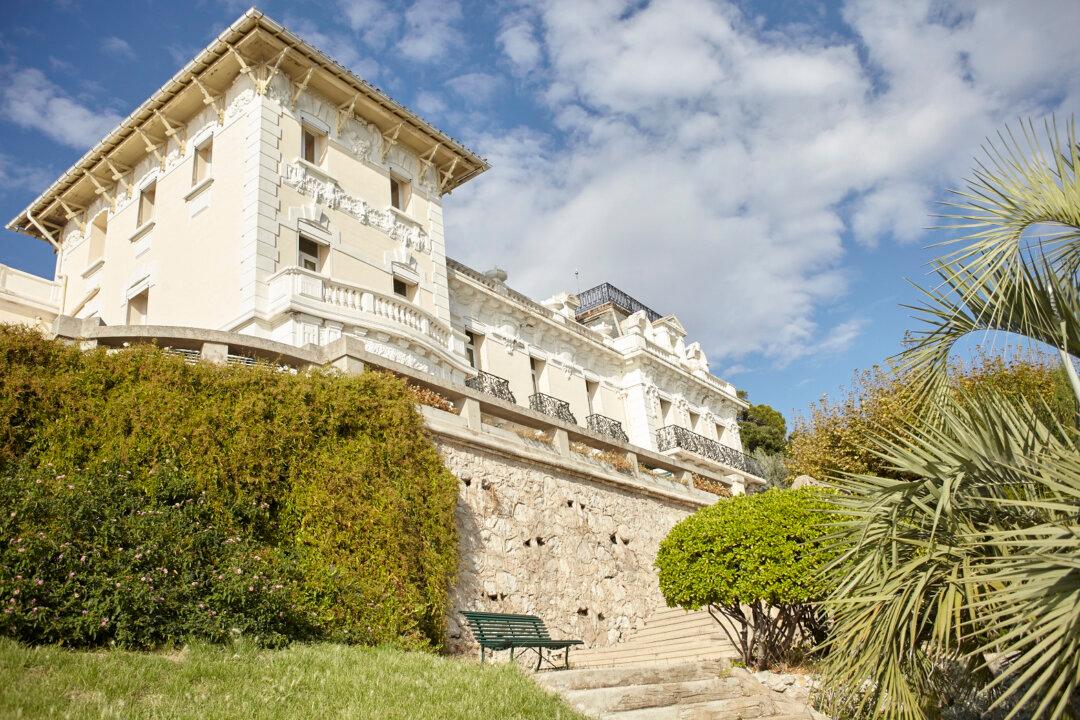Current trends may include ultra-modern furniture, but the classic look never goes out of style. It can’t be denied that there’s an everlasting love for artisanal furniture and cabinetry with ornate detailing such as inlay and textured fabrics with, at times, subtle patterns.
To achieve the look, the furniture in your kitchen has a role to play, but the countertop and cabinets will act as the foundation.
